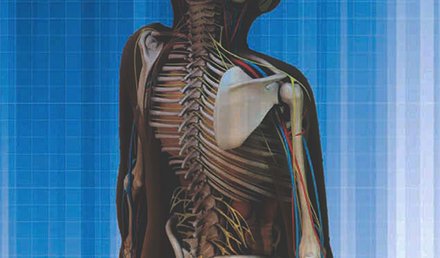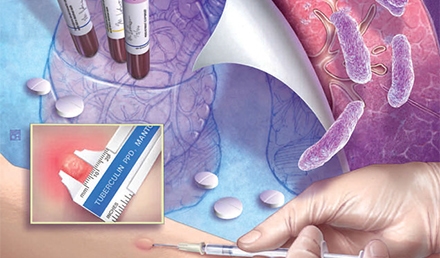Urgent message: Giant cell arteritis is an under-recognized and easily missed vasculitis of older adults, a challenging but “can’t miss” diagnosis. The urgent care clinician must be able to recognize this entity sometimes referred to as the “great masquerader” and be comfortable initiating timely emergency treatment. Ryan C. Jacobsen MD, EMT-P Giant cell arteritis (GCA), more commonly known as temporal arteritis, is an under-recognized vasculitis of older adults that can have potentially devastating consequences, most …
Read More








